Home>Kitchen & Cooking>Kitchen Gadgets & Utensils>How To Clean Burnt Tea Kettle
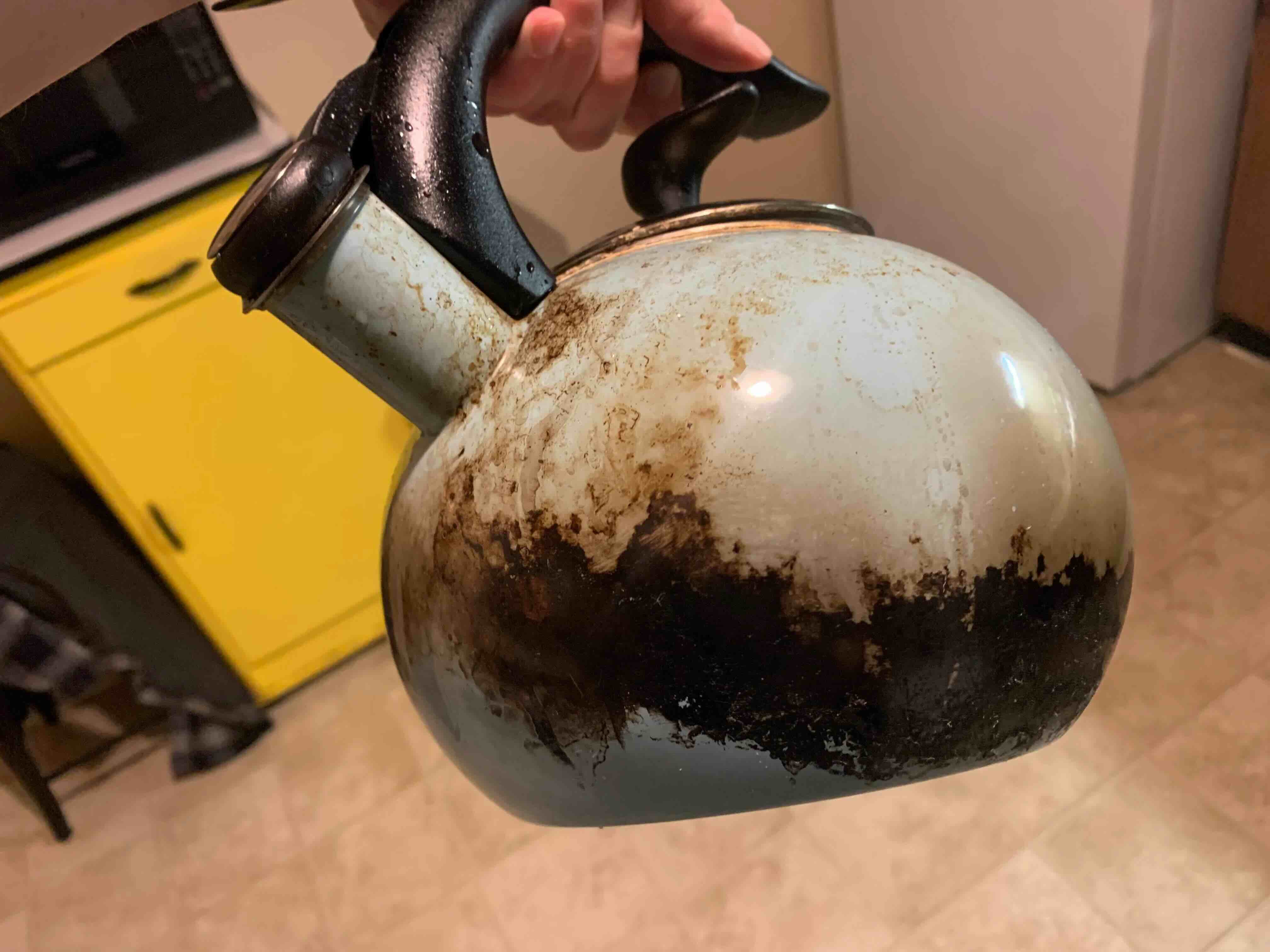

Kitchen Gadgets & Utensils
How To Clean Burnt Tea Kettle
Modified: March 21, 2024
Learn how to effectively clean a burnt tea kettle using simple kitchen gadgets and utensils. Say goodbye to stubborn stains and enjoy a sparkling clean kettle!
(Many of the links in this article redirect to a specific reviewed product. Your purchase of these products through affiliate links helps to generate commission for Storables.com, at no extra cost. Learn more)
Introduction
Tea kettles are a staple in many kitchens, providing the perfect vessel for brewing a comforting cup of tea. However, over time, these trusty kettles can accumulate stubborn burnt stains, tarnishing their appearance and potentially affecting the flavor of your tea. Fortunately, with a few simple steps and common household materials, you can restore your tea kettle to its former glory.
In this guide, we will walk you through the process of cleaning a burnt tea kettle, ensuring that it not only looks pristine but also functions optimally. By following these steps, you can bid farewell to unsightly stains and enjoy your favorite tea without any lingering aftertaste.
Key Takeaways:
- Say goodbye to burnt stains on your tea kettle by using vinegar and baking soda. Keep it clean to enjoy delicious tea without any lingering aftertaste.
- Regular cleaning with simple household items like vinegar and baking soda can maintain your tea kettle’s beauty and functionality for years to come.
Read more: How To Clean Tea Kettle Outside
Materials Needed
Before embarking on the journey to revive your burnt tea kettle, gather the following materials:
- Vinegar
- Baking soda
- Soft sponge or cloth
- Water
- Stove or heat source
- Towel for drying
These readily available items will serve as your allies in the battle against burnt stains, effectively restoring your tea kettle to its former luster.
Step 1: Boiling Water and Vinegar
Begin the cleaning process by filling the tea kettle with equal parts water and vinegar. The acidic properties of the vinegar work wonders in loosening and dissolving the stubborn burnt residues. Place the kettle on the stove or heat source and bring the solution to a boil.
Allow the vinegar and water mixture to simmer for approximately 10-15 minutes, allowing the steam to penetrate and soften the burnt deposits. As the solution boils, you may notice the dislodging of the burnt particles from the interior surface of the kettle.
Once the boiling process is complete, carefully pour out the vinegar and water solution, taking care to avoid any splashes due to the hot liquid. You will likely observe that a significant portion of the burnt stains has been lifted, making the subsequent cleaning steps more effective.
This initial step serves as a crucial foundation for the cleaning process, effectively tackling the persistent burnt residues and preparing the kettle for the subsequent cleaning methods.
To clean a burnt tea kettle, fill it with equal parts water and vinegar, bring to a boil, then let it sit for 15 minutes. Scrub with a brush and rinse thoroughly.
Step 2: Scrubbing with Baking Soda
Following the vinegar and water treatment, it’s time to harness the natural cleaning power of baking soda. Sprinkle a generous amount of baking soda into the tea kettle, ensuring that it coats the interior surfaces where the burnt stains are prevalent. The mild abrasive nature of baking soda, coupled with its deodorizing properties, makes it an ideal candidate for tackling stubborn residues.
Next, dampen a soft sponge or cloth and use it to gently scrub the interior of the tea kettle, focusing on the areas with burnt stains. The combination of baking soda and the gentle abrasion of the sponge will work in tandem to lift and dislodge the remaining burnt residues, gradually revealing the gleaming surface beneath.
For particularly stubborn or extensive burnt stains, allow the baking soda to sit in the kettle for a few minutes before resuming the scrubbing process. This brief period of contact will enhance the efficacy of the baking soda in breaking down the burnt deposits, facilitating easier removal.
As you diligently scrub the interior, you will notice the gradual transformation of the kettle, with the once-encrusted stains giving way to a renewed shine. Continue this process until the majority of the burnt residues have been successfully removed, ensuring that you pay attention to all the nooks and crannies within the kettle.
Once the scrubbing process is complete, thoroughly rinse the tea kettle with water to eliminate any residual baking soda, leaving behind a clean and refreshed interior.
This step harnesses the gentle yet effective cleaning properties of baking soda, delivering remarkable results in restoring the tea kettle to its pristine condition.
Step 3: Rinsing and Drying
With the burnt stains vanquished and the interior of the tea kettle gleaming once more, it’s time to complete the cleaning process with thorough rinsing and drying.
Begin by rinsing the interior of the kettle with copious amounts of water, ensuring that all traces of vinegar and baking soda are completely eliminated. Swirl the water around and pour it out several times to guarantee a comprehensive rinse, leaving no residue behind.
Once the rinsing process is complete, carefully inspect the interior of the kettle to verify that it is free from any lingering cleaning agents. Any remnants of vinegar or baking soda can compromise the flavor of your tea and should be diligently removed during this phase.
After the thorough rinsing, use a clean towel to dry the interior of the tea kettle, ensuring that it is completely free from moisture. Pay particular attention to drying the spout and the base of the kettle, as any retained moisture can lead to the formation of new stains or affect the taste of the brewed tea.
Allow the tea kettle to air dry for a few minutes to ensure that all residual moisture evaporates, leaving behind a pristine and completely dry interior.
With the final step of rinsing and drying, your tea kettle is now restored to its former glory, free from the stubborn burnt stains that once marred its appearance and potentially impacted the flavor of your tea.
Read more: How To Make Tea With A Tea Kettle
Conclusion
Cleaning a burnt tea kettle may initially seem like a daunting task, but with the right approach and materials, it can be a straightforward and rewarding endeavor. By harnessing the natural cleaning properties of vinegar and baking soda, you can effectively eliminate stubborn burnt stains and restore your tea kettle to its pristine condition.
Regular maintenance and cleaning of your tea kettle can not only enhance its visual appeal but also ensure that it continues to serve as a reliable companion in your tea-brewing rituals. By following the steps outlined in this guide, you can bid farewell to burnt stains and enjoy your favorite tea without any unwelcome aftertaste.
Remember, the key to maintaining a clean and stain-free tea kettle lies in prompt and consistent cleaning, preventing burnt residues from accumulating and becoming more challenging to remove. With these simple yet effective cleaning methods, you can preserve the beauty and functionality of your tea kettle for years to come.
So, the next time you’re faced with a stubborn burnt tea kettle, arm yourself with vinegar, baking soda, and a determination to restore its luster. Your efforts will be rewarded with a sparkling clean tea kettle, ready to brew delightful cups of tea without a hint of burnt residue.
Frequently Asked Questions about How To Clean Burnt Tea Kettle
Was this page helpful?
At Storables.com, we guarantee accurate and reliable information. Our content, validated by Expert Board Contributors, is crafted following stringent Editorial Policies. We're committed to providing you with well-researched, expert-backed insights for all your informational needs.
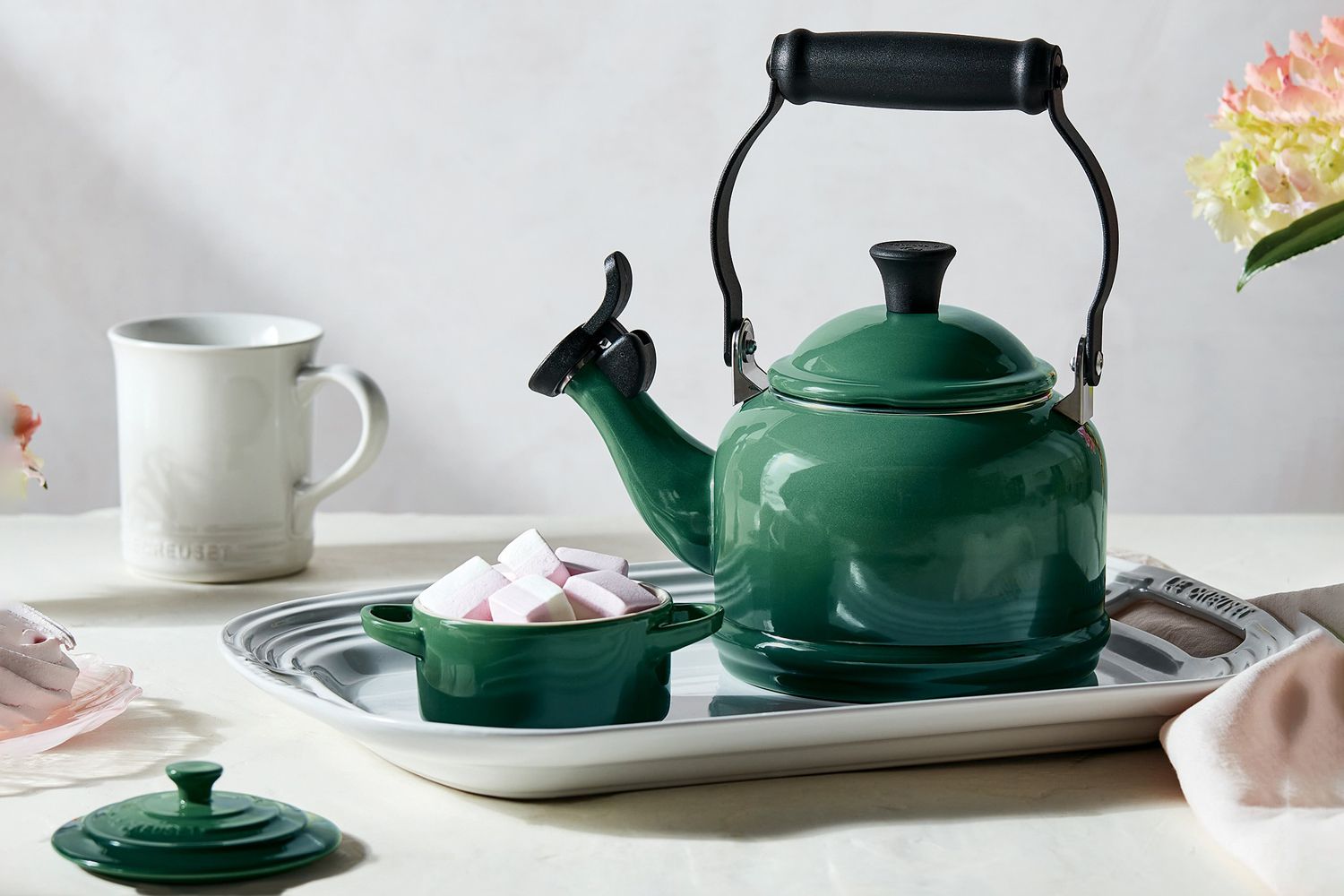
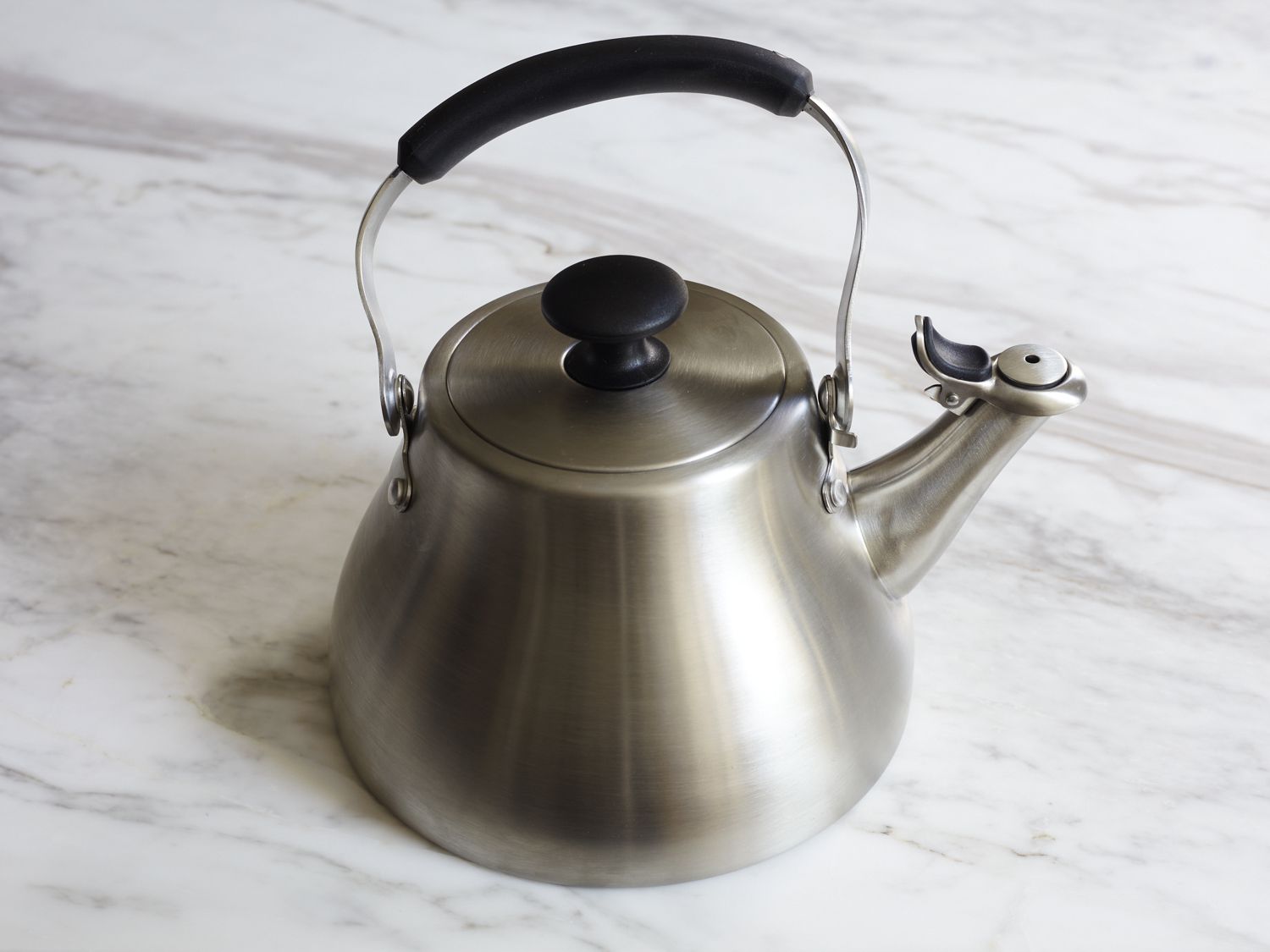
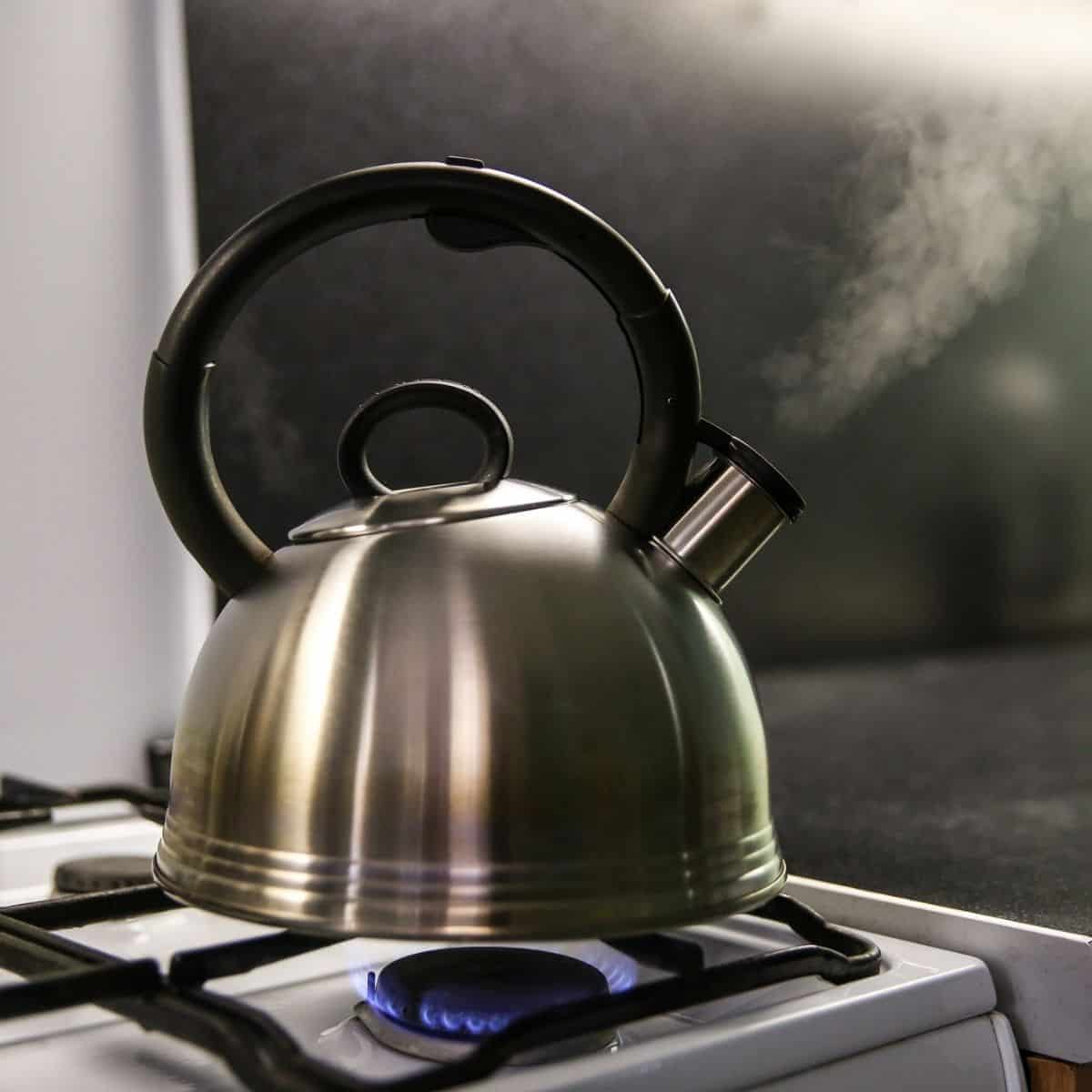
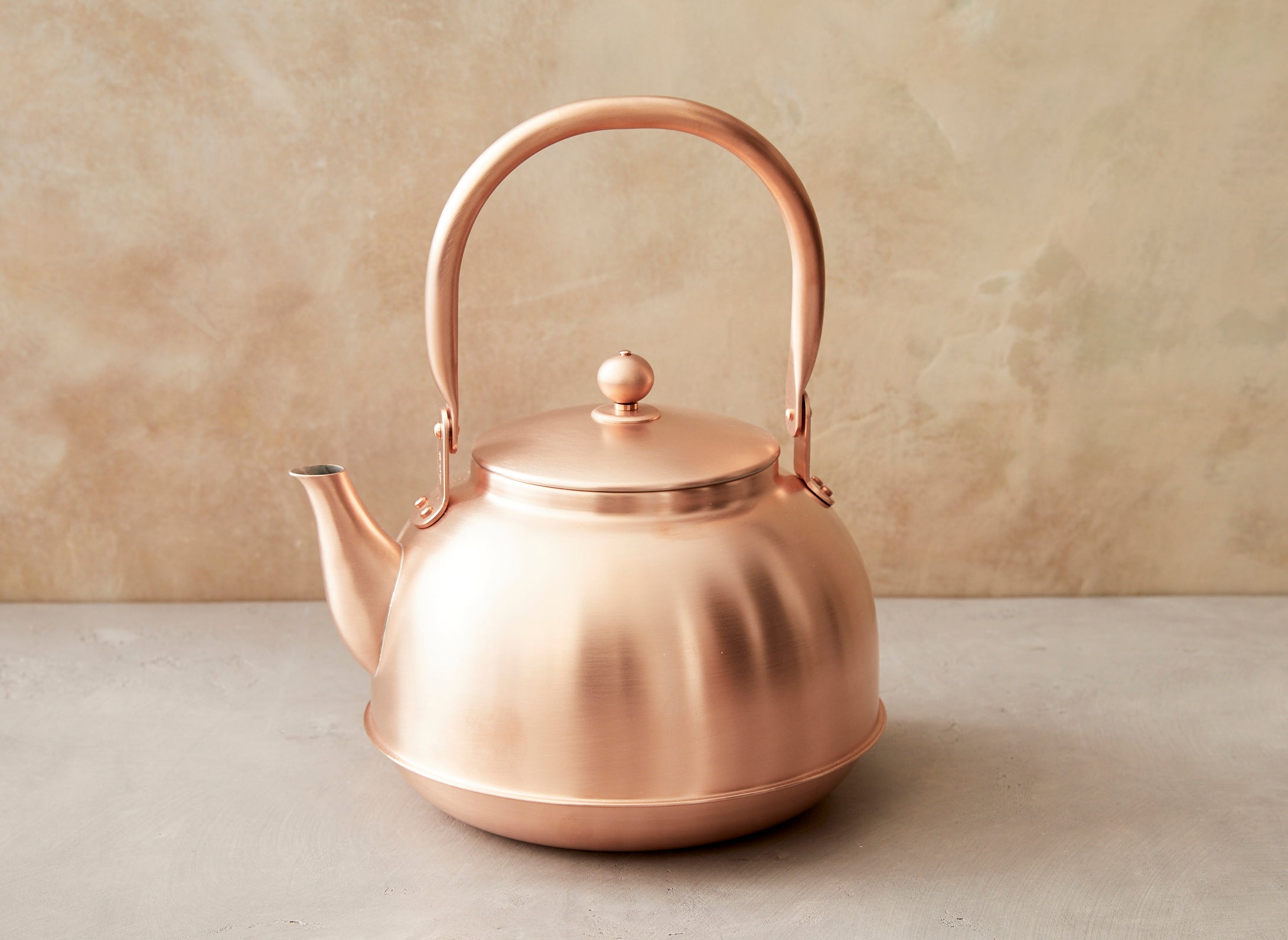
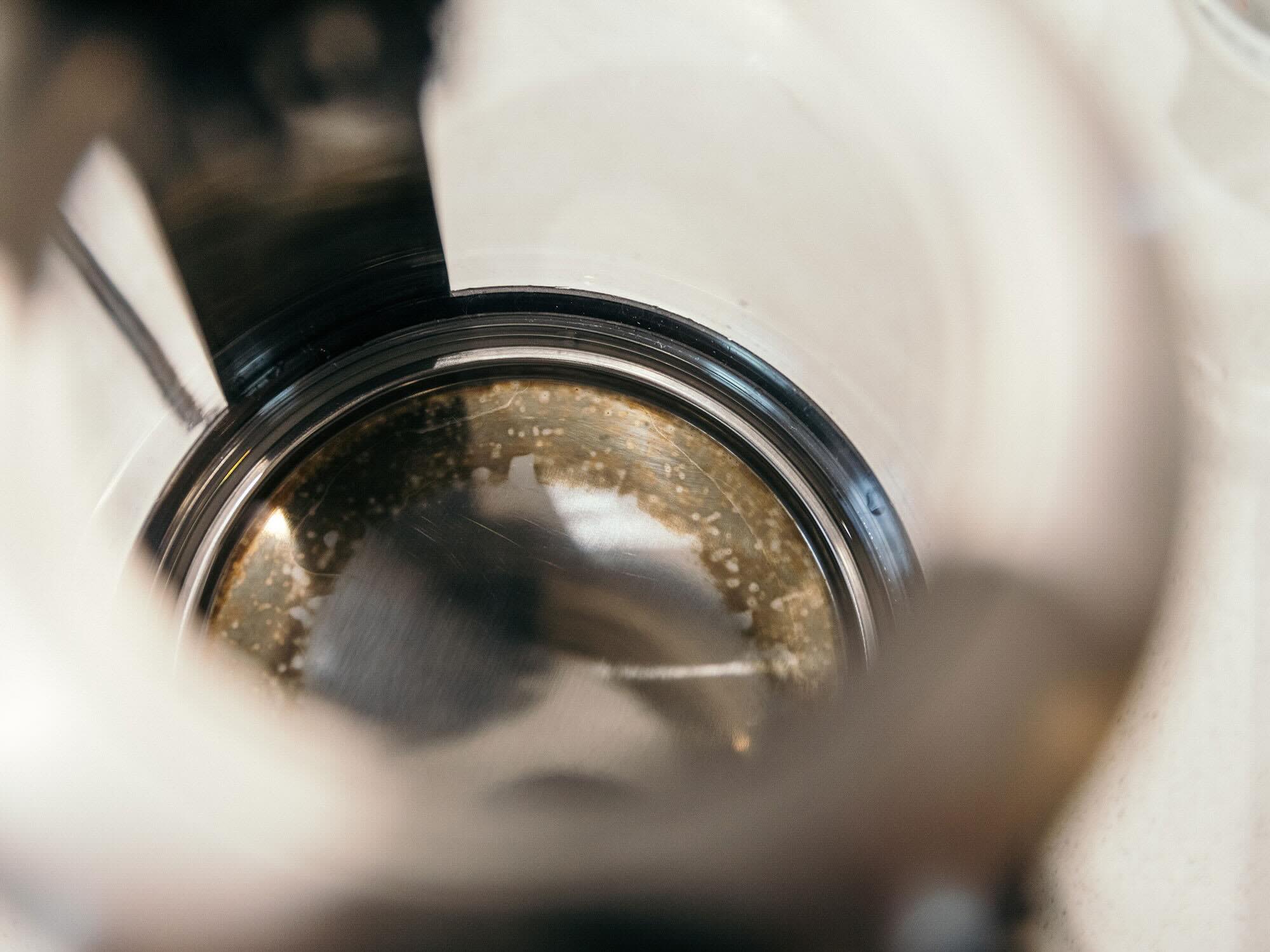
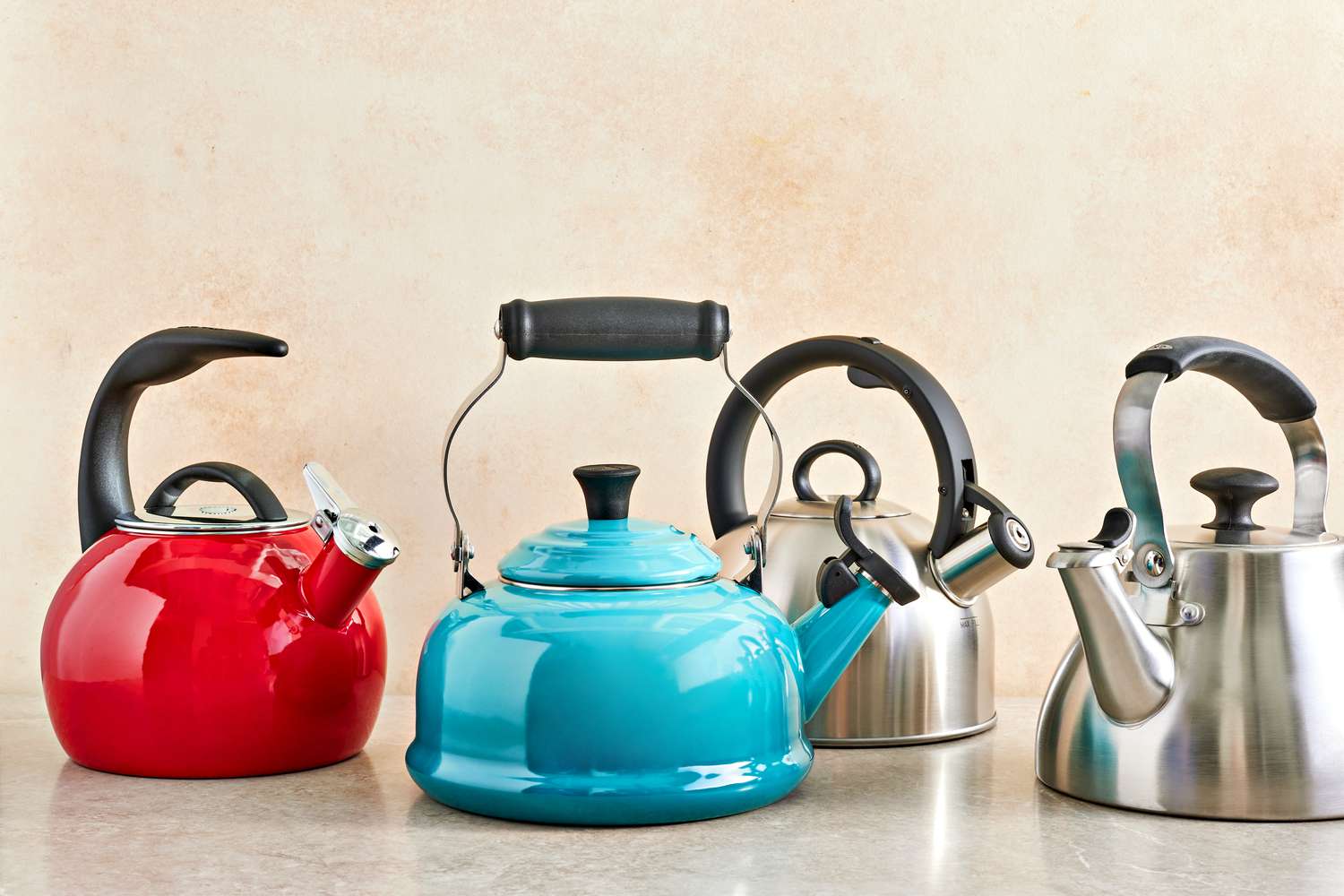
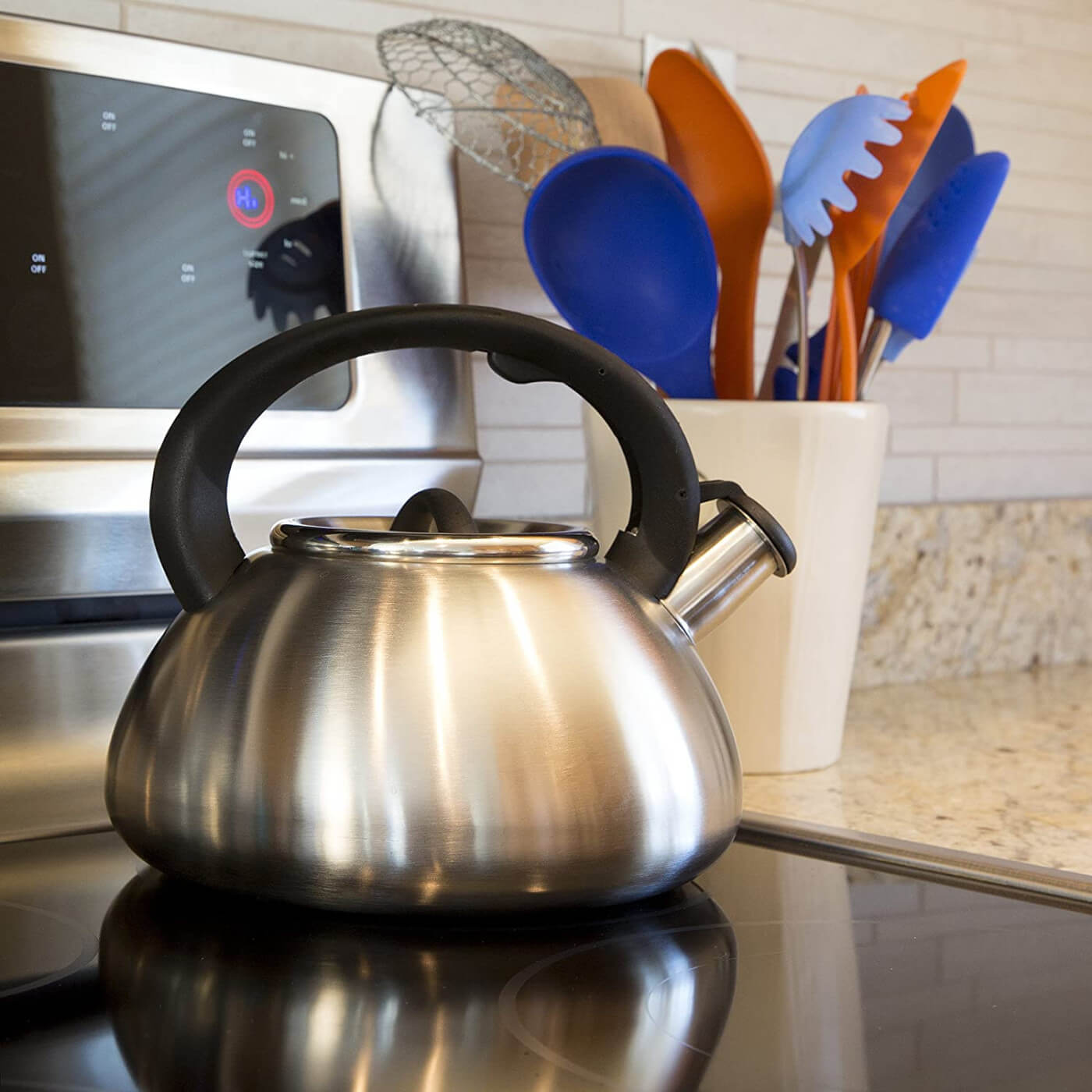
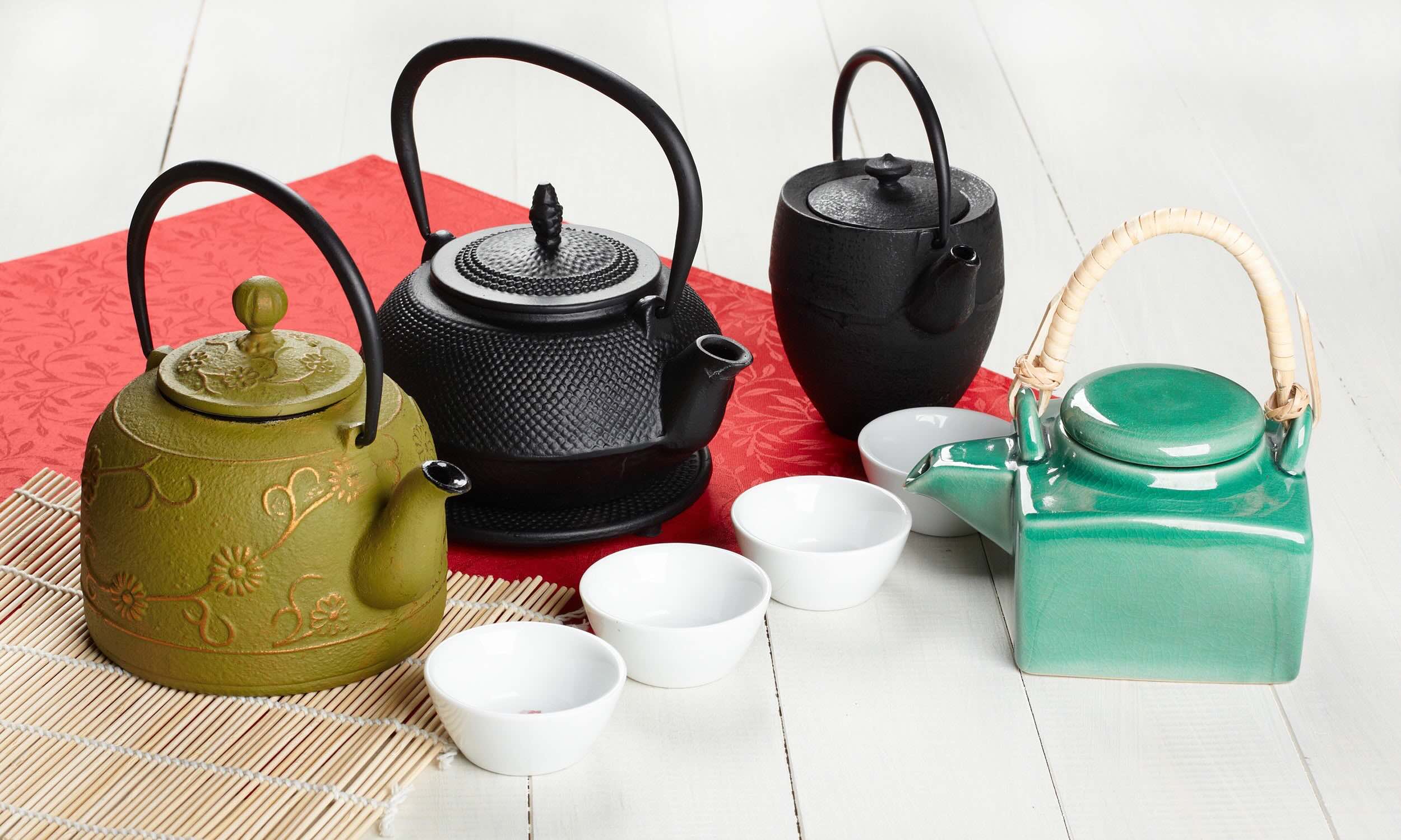
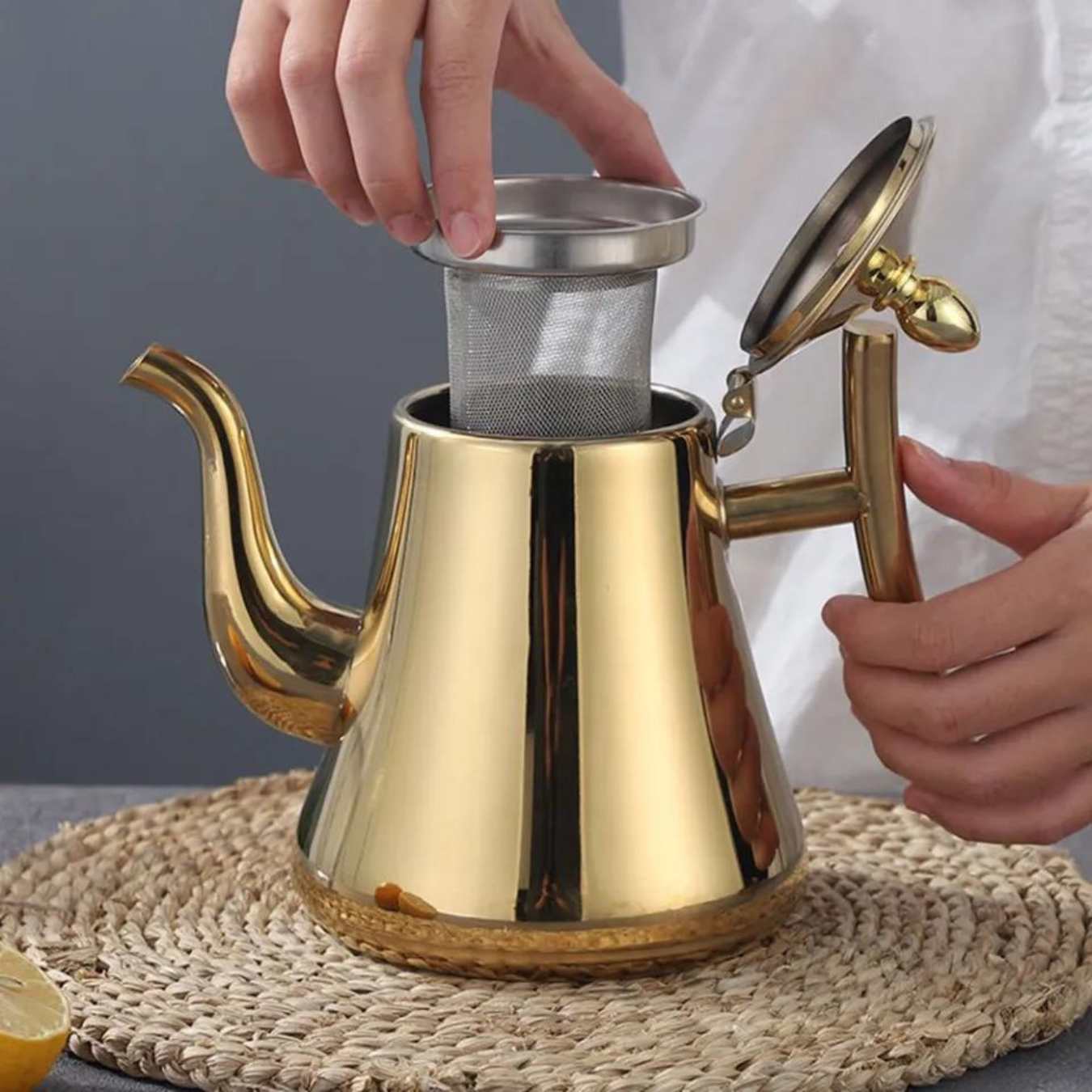
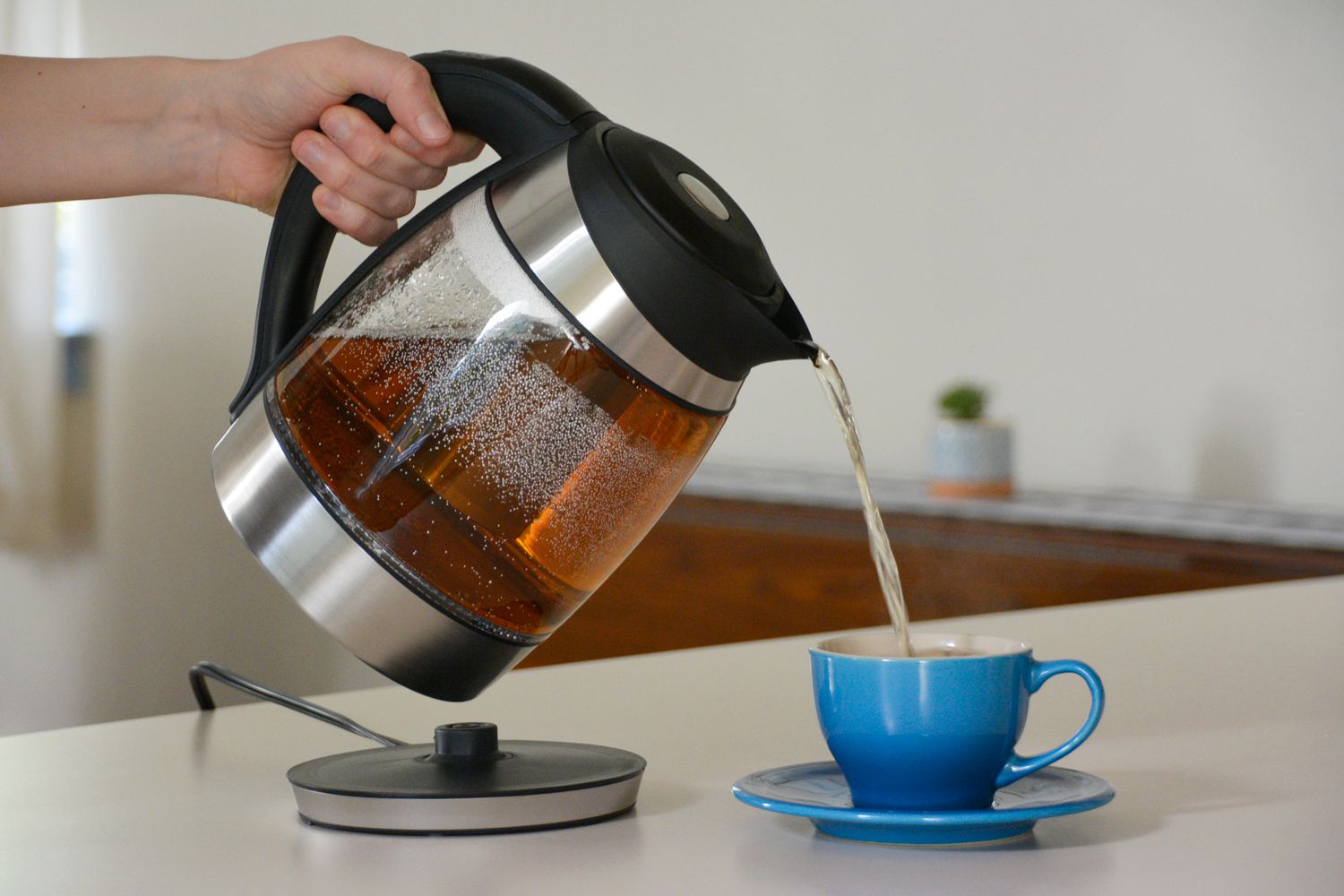
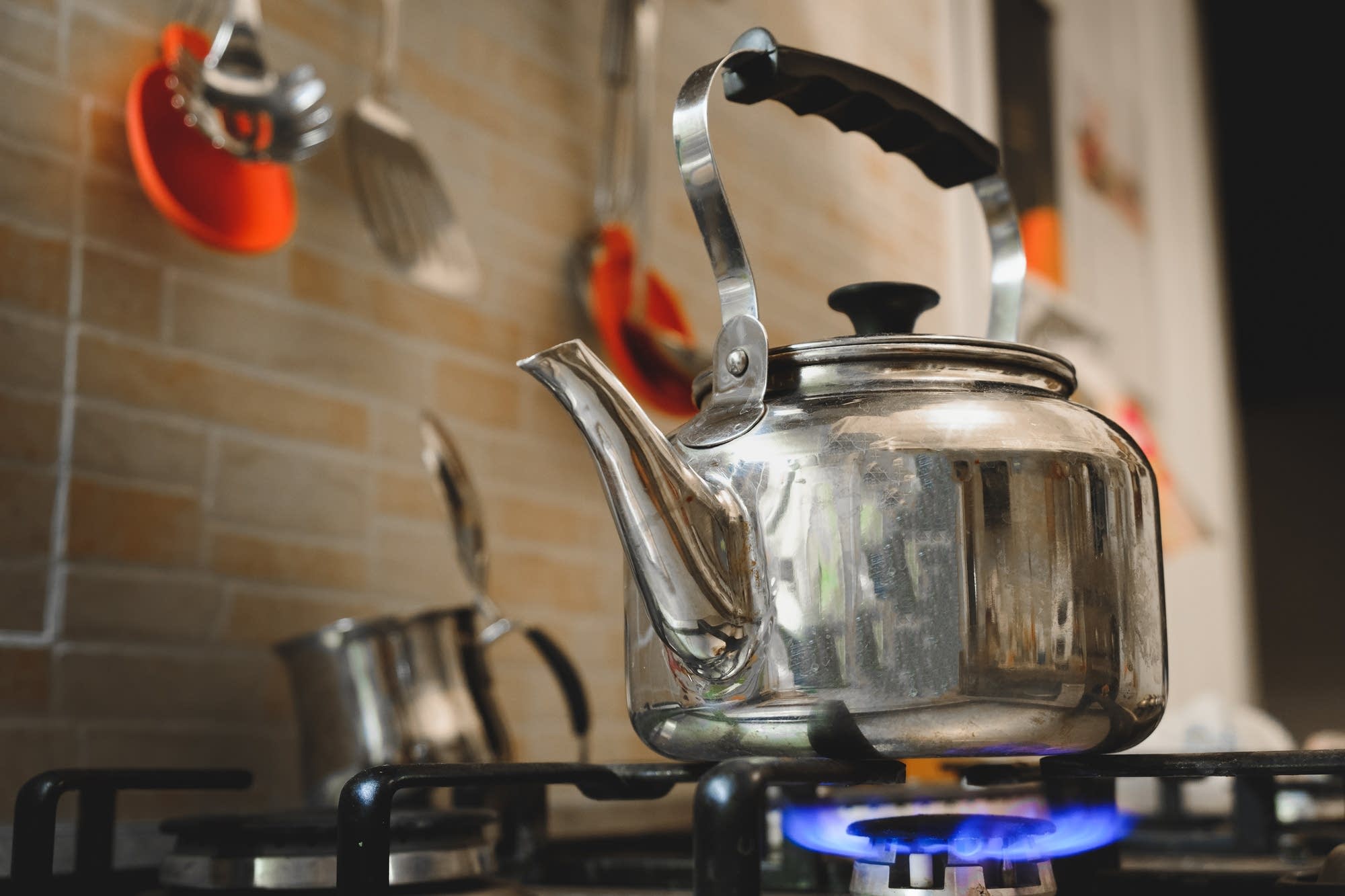
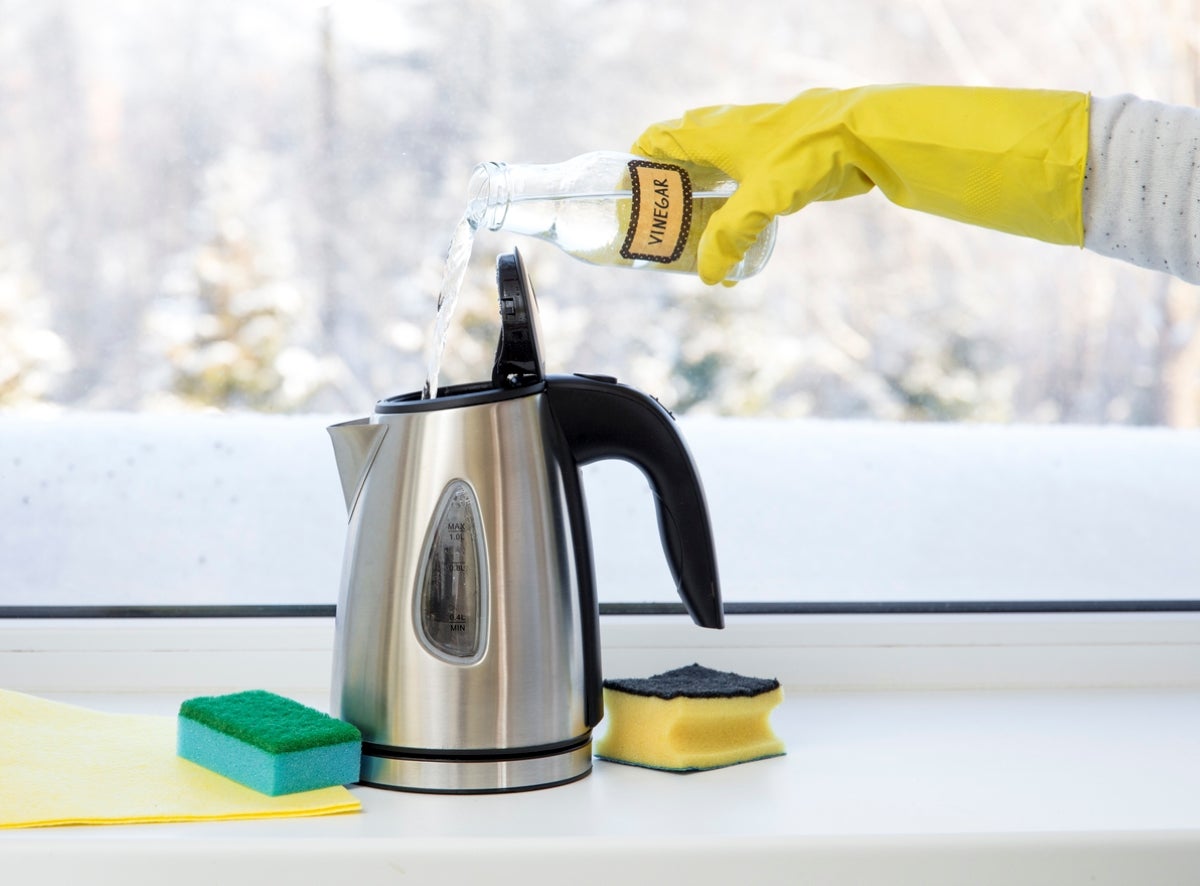

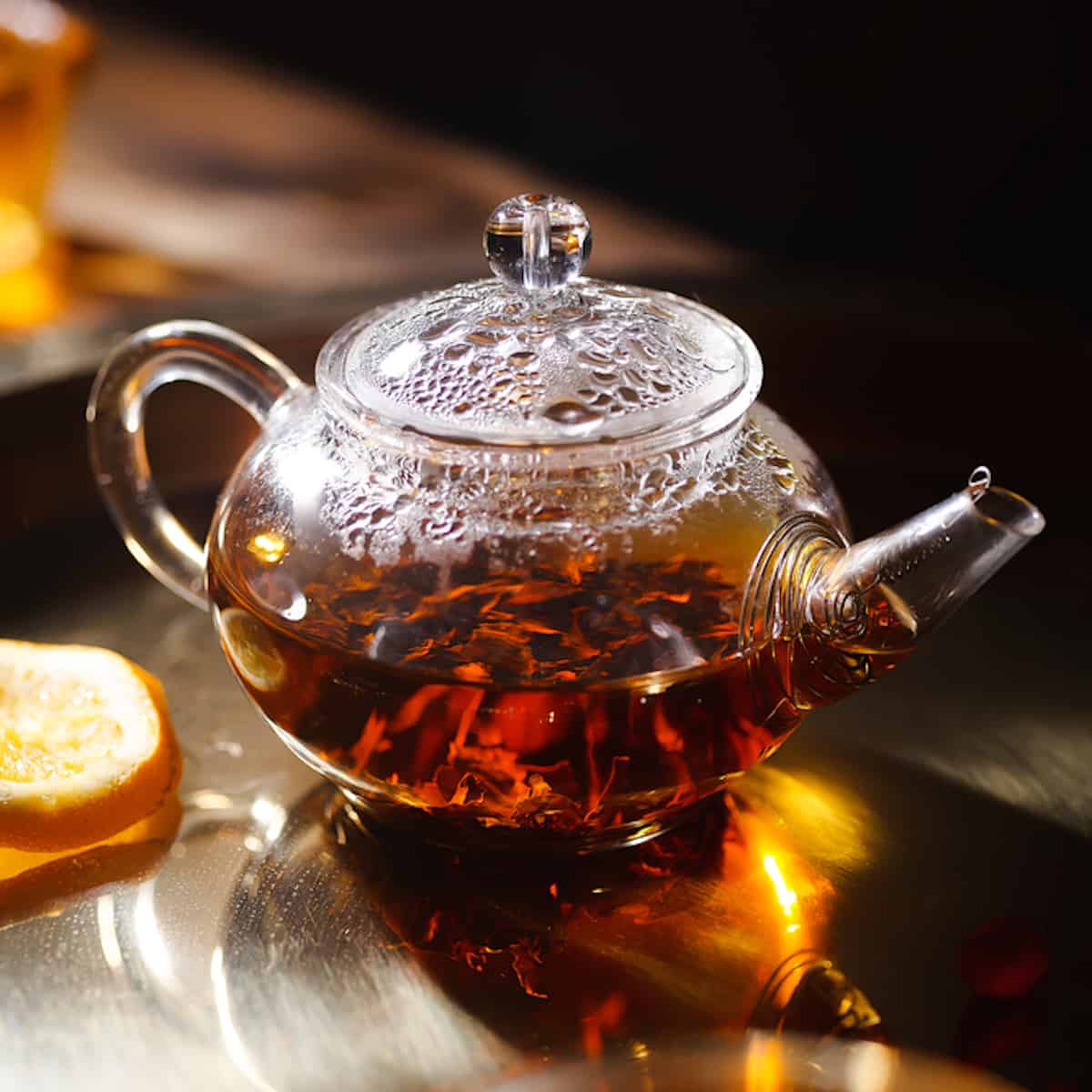

0 thoughts on “How To Clean Burnt Tea Kettle”